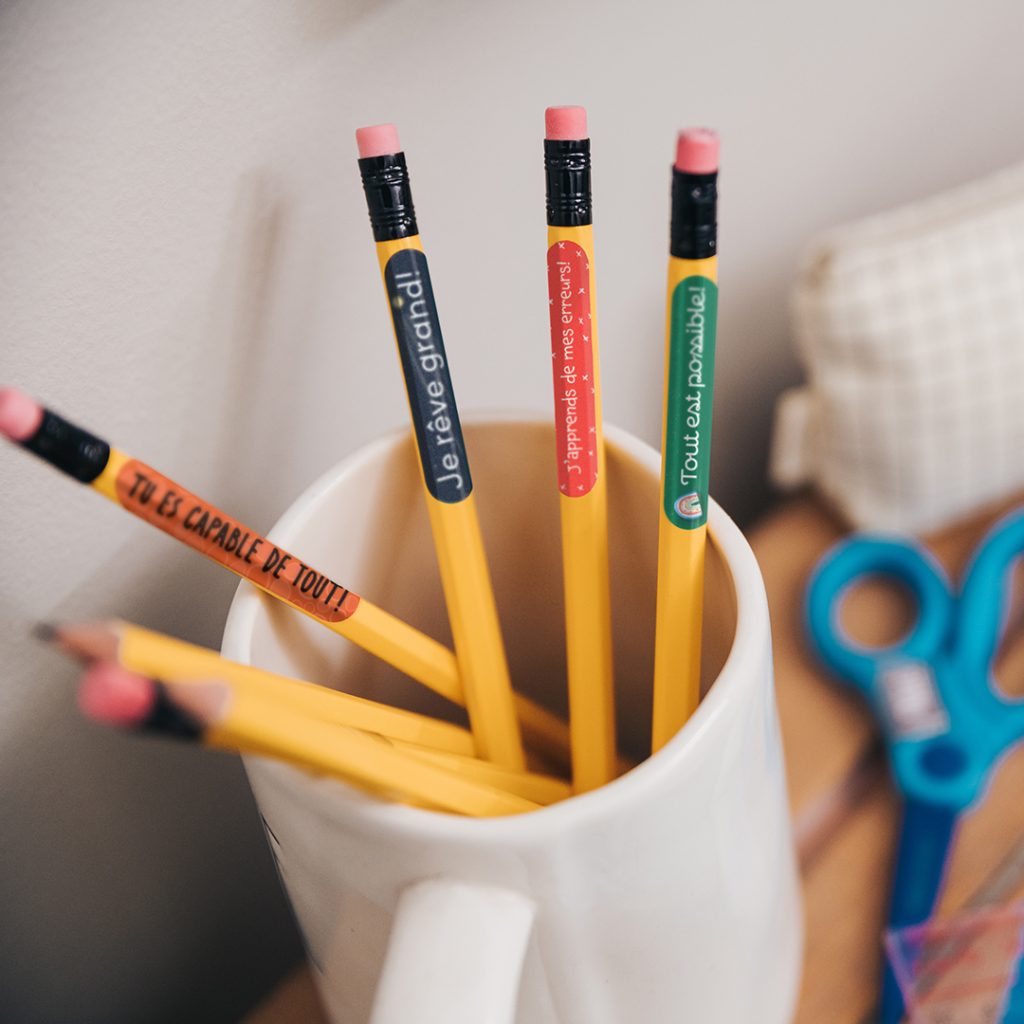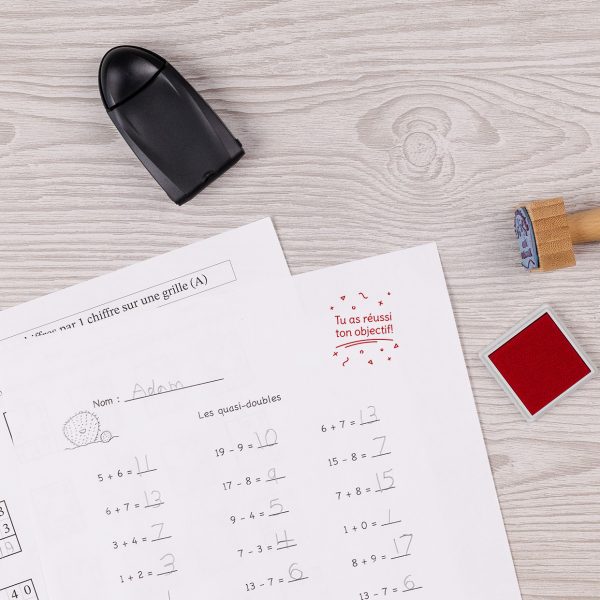Creating an Effective Study Room for Kids
A dedicated learning space creates a productive environment by reducing distractions and separating the area for relaxation from that of work. This mental distinction helps children psychologically prepare to focus on their homework. Additionally, education experts recommend setting up a quiet, well-lit, and ergonomic environment to foster quality learning.
A well-designed kids study room can greatly impact children’s productivity. Providing a clean and organized space with easily accessible storage for school supplies allows children to quickly access their tools, minimizing time wasted and distractions. Moreover, proper ergonomics, such as a desk chair suited to their size and a adjustable kids desk at the correct height, enhance comfort and reduce fatigue, thus boosting concentration. Some studies have also shown that the colour of the walls and natural lighting can play a role in motivating and improving the productivity of young learners.
Avoid distractions
Distractions can come from music, television, a phone conversation, or a sibling playing nearby. Imagine the difficulty of concentrating when multiple sources of distraction are present at the same time, especially if the homework space is near a busy area of the house, like the kitchen table. Working in such an environment would be challenging, even for an adult after a long day. Unfortunately, it’s not always possible to eliminate all distractions while your child is doing their homework.
As parents, we can make some adjustments. Let’s avoid turning on the television or radio when the child is working. If a call is necessary, we can move a bit farther away. Encourage siblings to play outside or engage in quiet activities during this time. Alternatively, consider using noise-canceling headphones or playing soft instrumental music is a perfect solution to create a calm atmosphere in their dedicated space.
Maximizing Organization with Storage Solutions
Workspaces differ from one home to another, but it’s important to have a dedicated area for storing your child’s school supplies. Whether it’s a cabinet, bookshelf, or small mobile cart, your child should have easy access to it. Additionally, the storage should be close to the workspace, so they can quickly get started on their tasks without delay.
Wall Storage for Easy Organization
Vertical storage space is a practical and clever solution to optimize space in a study room. Installing shelves and hooks helps keep desks clear while providing easy access to school supplies.

Here’s a budget-friendly suggestion for organizing and keeping smaller items within reach. You can even customize your own combination with the available accessories.
Cabinets to Clear the Clutter
Closed cabinets and cupboards are essential allies in keeping a study room clutter-free. By storing less frequently used items or surplus school supplies, the room remains tidy and organized, creating a space conducive to focus. To make it easier to access essential materials, it is recommended to label each drawer and storage box. This helps children know exactly where everything is and saves time when they need it.
Using Bins and Boxes for Desk Organization
Storage boxes and bins can also be used to reduce clutter and distractions, helping to keep the desk neat and organized. This allows children to fully focus on their tasks. Additionally, this approach encourages a sense of organization in younger ones, teaching them to sort and store their belongings independently.
Create a Visible List of Essential Supplies

A simple yet effective tip for maximizing organization is to have a visible list of essential supplies needed for homework. Displaying this list in the homework area allows your child to prepare quickly without forgetting anything. By having everything they need in sight, they avoid wasting time searching for a missing tool, making homework time smoother and more productive. It’s a small habit that makes a big difference in the efficiency of study sessions.
Luckily, we’ve created one for you! You can download it by clicking here.
Customizing the Study Room for Comfort and Focus
Choosing the Right Study Desk and Chair
A desk that is appropriately sized for your child, paired with a chair that provides proper support for their posture, can greatly enhance their learning experience. Good posture not only helps prevent physical discomfort but also promotes better concentration and focus. To achieve this, it’s essential for them to use a chair and desk that allow for:
- Their bottom to be all the way back in the chair
- Their back to be supported against the backrest
- Their feet to be firmly planted on the ground or on a footrest
- Their elbows to be at approximately a 30-degree angle when their arms are resting on the table
Lighting and Workspace Arrangement
It’s important for your child to work with proper lighting. Insufficient lighting can strain the eyes and diminish concentration. We recommend positioning the desk near natural light sources to not only save energy but also enhance children’s mood and focus. Additionally, incorporating a desk lamp ensures adequate lighting, especially on darker days.
Personalizing the Study Space
We recommend incorporating your child’s preferences to create a space for homework that truly reflects their personality. By choosing their favorite colour palette and themes, you make the environment more welcoming and motivating. For instance, if your little one loves animals, you could include accessories with wildlife patterns or natural tones.
For an even more engaging study space, consider creative décor ideas that inspire and motivate. Bright colors, posters, or decorative wall decals can create a lively atmosphere while reflecting your child’s unique tastes. You can even incorporate ceiling designs as a fun and unexpected design element to make the room feel even more personalized. By blending practicality and creativity, you transform the study area into a space that is not only functional but also inspiring and enjoyable.
Consider setting up a comfy reading space for your child. Even though reading might sometimes feel like boring homework, having a dedicated and cozy spot can motivate them to engage more willingly. You could also create a calming atmosphere by adding sensory labels to the space for reading.
Colle à moi offers Calming Sensory Labels that provide a therapeutic tactile experience. With smart designs featuring tracing and breathing exercises, these labels promote focus and help eliminate restlessness, making the reading experience even more enjoyable. You can also opt for stickers that teenagers will love; check out our Sensory sticker set, these fidget stickers are made with the same material, can’t be personalize, but they are so cool !
Study Room Ideas for Small Spaces
When creating a study area in a small space, it’s important to be resourceful. Multi-functional pieces of furniture, such as desks that convert into shelves or chairs with built-in storage, allow you to make the most of every inch. These types of furniture are perfect for creating a compact homework station that blends utility with style. Wall-mounted solutions, like foldable desks or floating shelves, are also great options for freeing up floor space. Foldable desks, in particular, can be stowed away when not in use, offering maximum flexibility in your kid’s small homework area.
You can also simply reuse items you already have at home. For example, cardboard boxes or glass jars can be repurposed as storage containers for school supplies or to make a cool pencil holder. As a fun design tip, your child can personalize these desk accessories by painting or decorating the containers to make them unique. Adding personalized labels to these storage items is another way to keep things organized and easy to find. Not only does this maximize space while keeping costs low, but it also provides a great opportunity to craft supplies together with your child, all while teaching the importance of recycling and reusing materials.
Practical Tips for Keeping the Study Room Clutter-Free
Daily Maintenance and Organization
To keep your child’s study area tidy, it’s essential to establish daily organization habits. Teach them to put every item back in its place after use, whether it’s pencils, notebooks, or books. This helps maintain a clean desk space that’s conducive to focus and productivity. Incorporating practical kids furniture, like desks with built-in storage, can further simplify the organization process. Labeling organizers, such as drawers or storage boxes, ensures that everything has a designated spot, making it easier to find items and keep the desk space clutter-free. This not only streamlines tidying up but also creates a more enjoyable and efficient work environment.
Involve Kids in the Organizing Process
Involving your child in organizing their study space can make them more motivated to keep it tidy. Letting them choose their favorite storage items, like colorful boxes or baskets, adds a personal touch to the space and makes them feel more engaged in the process. This also gives them an opportunity to further personalize their area, which helps keep kids happy by making the space truly their own. By incorporating cleaning and organizing into their daily routine, they not only learn responsibility but also find the upkeep of their study area more enjoyable and rewarding.
Adding Personal Motivation to the Study Space
To add a motivational touch to your child’s study space, consider decorating the walls with posters or frames featuring inspiring quotes. These positive messages, visible every day, can encourage your child to stay focused and determined in their studies. Choose phrases that resonate with their goals or passions to create an uplifting environment.

Colle à moi also offers Caring Stickers that you can stick on your little one’s school supplies. The sticker page includes 36 stickers, and you can choose from two collections: encouragement and positive thoughts.
Study Tools for Focus
Tools like planners, calendars, and task lists are also excellent for boosting motivation and organization. Incorporating these items adds a sense of responsibility to their usage while making task management more enjoyable. Not only do these elements help structure their work, but they also keep them focused on their priorities.
Final Tips for a Stress-Free, Organized Study Room
To optimize your child’s study room efficiency, here are some additional tips to consider.
First, establish a weekly cleaning routine where your child can participate in organizing their space. This will help them understand the importance of a clean and tidy environment.
Second, encourage the use of a whiteboard or wall calendar to visualize tasks and deadlines. This allows your child to better manage their time and set priorities.
Additionally, incorporate regular breaks into their study schedule. Short interruptions can recharge their energy and improve focus when they resume work.
Finally, consider adding inspiring elements, such as an idea box or vision board, where your child can display their goals and dreams. This serves as a reminder of why they study and reinforces their motivation.
By applying these tips, you’ll create a study environment that not only promotes organization but also fosters personal growth and your child’s development.
Conclusion
A well-organized and personalized study room can significantly impact your child’s ability to focus, stay motivated, and enjoy learning. By incorporating practical storage solutions, ergonomic furniture, avoid distraction and personal touches, you create an inviting space that meets your child’s needs. Whether it’s a small homework station or a larger dedicated space, thoughtful design makes all the difference. Follow these tips to set up a study environment where your child can thrive!








